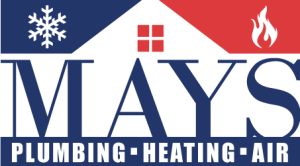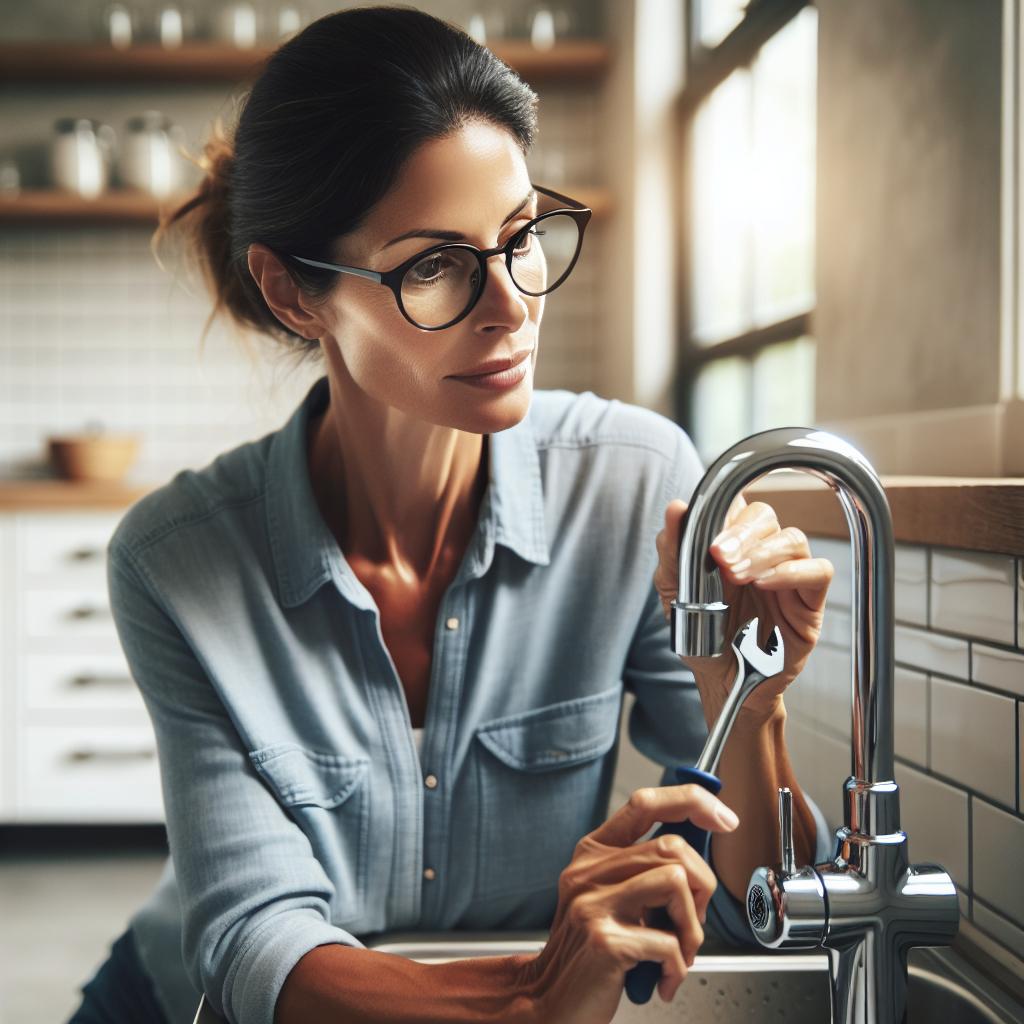Unblock the Blockages: Mastering DIY Techniques in Plumbing for Every Household
If you have ever experienced a plumbing snafu at your home, you probably understand the frustration that comes with the need for a plumber. Sometimes, it’s an urgent repair, and the plumber can’t come right away. Or the prospect of a hefty bill makes it impossible to hire one. The solution? Familiarize yourself with some DIY techniques in plumbing to take care of minor glitches in your household. This article will walk you through some common plumbing problems and easy strategies to handle them.
Understand the Plumbing Basics
Before wrestling with your pipes and wrenches, it’s essential to have some basic understanding of your home’s plumbing. The plumbing system in households generally comprises two main parts: the water supply system and the drainage system.
- The water supply system is responsible for bringing fresh, pressurized water into your home, which is used in your faucets, showers, and toilets.
- On the other hand, the drainage system takes care of removing waste and used water from your house.
Knowing these basics will help you pinpoint the problem and pick the right DIY solution because the process for fixing your water supply system may differ from that of adjusting your drainage system.
Common Plumbing Problems and DIY Fixes
Here are some common plumbing issues you might encounter and straightforward techniques to sort them out.
1. Dripping Faucets
Almost every homeowner has faced the annoying phenomenon of a dripping faucet. If left unchecked, it could waste thousands of gallons of water over the year, and contribute to those hefty water bills.
Drip… Drip… Drip…. Your culprit is most probably a worn-out washer. Most faucets operate with a rubber or silicone-based washer that over time or due to excessive use, get worn out. The constant friction caused by running water leads to a leak.
DIY Fix
- First, ensure your water supply is turned off to prevent flooding.
- Remove the decorative parts of the faucet handle, which should reveal a screw that you need to unscrew.
- After removing the screw, take off the handle and use a wrench to loosen the packing nut, unveiling the stem.
- Take out that too, and you should find the washer.
- If it’s damaged, replace it with a new one (available at any hardware store), ensuring you pick the right size.
- Assemble everything back in reverse order, and Voila! Your faucet should be leak-free.
2. Clogged Drains
Is your sink draining slower than usual? Is your tub not draining at all? You likely have a clog, caused by hair, soap, fat and grease or food particles.
DIY Fix
- Use a plunger. This simple tool can create a forceful burst of pressure that can dislodge any blockages.
- Use a plumber’s snake or hand auger. These flexible cables can reach deep into your drain to clear the clog.
- Use a bent wire hanger. Straighten a wire coat hanger and bend one end to create a small hook, then use it to fish out any materials blocking your drain.
- User a mixture of vinegar and baking soda. The chemical reaction between these two can help break down the clog.
3. Low Water Pressure
When the water simply trickles when you’re anticipating a strong stream, you have a low water pressure problem. It’s frequently found in older houses and is usually due to a buildup of sediment and mineral deposits on aerators.
DIY Fix
- Remove the aerator first. To do this, simply unscrew it from the faucet, taking care to protect the finish.
- Soak the aerator in vinegar solution for a few hours to dissolve any buildup.
- After that, scrub it with a small brush and put it back on the faucet.
- As a result, you should notice a significant increase in water pressure.
It’s important to remember that these DIY fixes are only for minor plumbing issues. For more complex problems, you should always seek professional help. However, learning to manage minor problems yourself can save you money, time, and potentially prevent small issues from turning into bigger ones, resulting in major water damage.
Conclusion
Being handy at home entails more than just changing a light bulb. With a little patience and knowledge, you can tackle a wide range of plumbing issues on your own. After all, why wait for a professional when you can master the art of DIY plumbing resolution yourself? Unblock those blockages, and keep your peace of mind flowing like a well-maintained pipeline!




